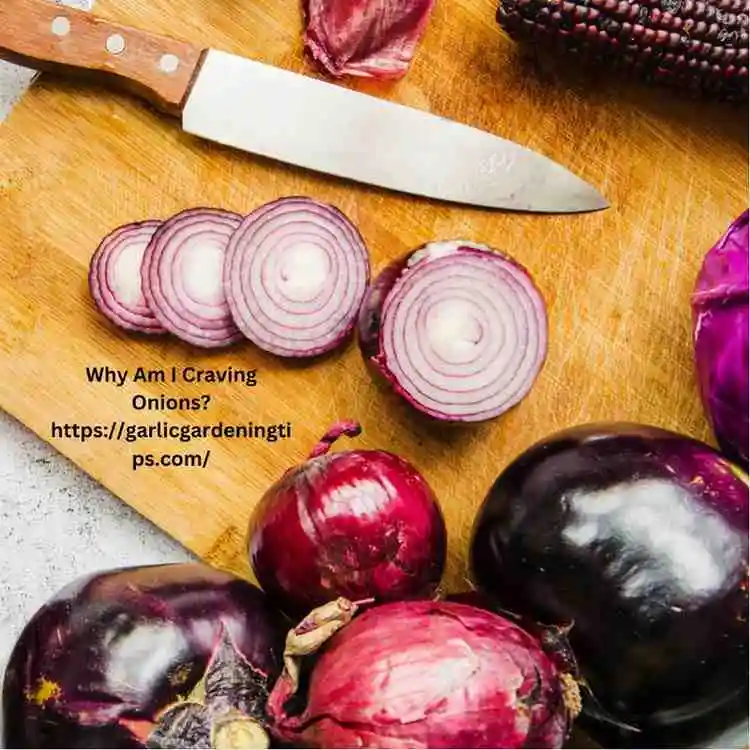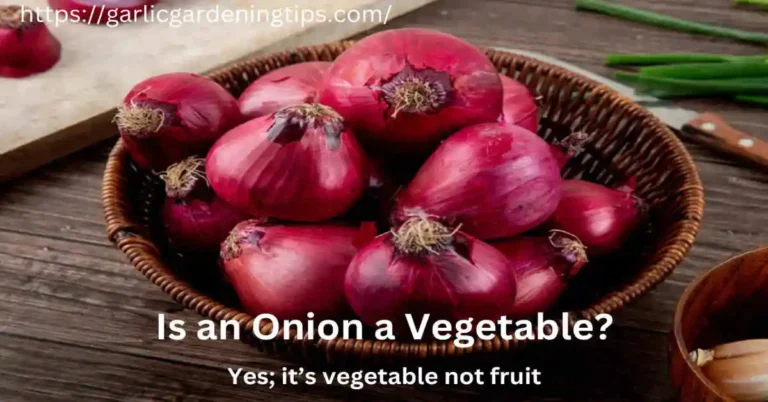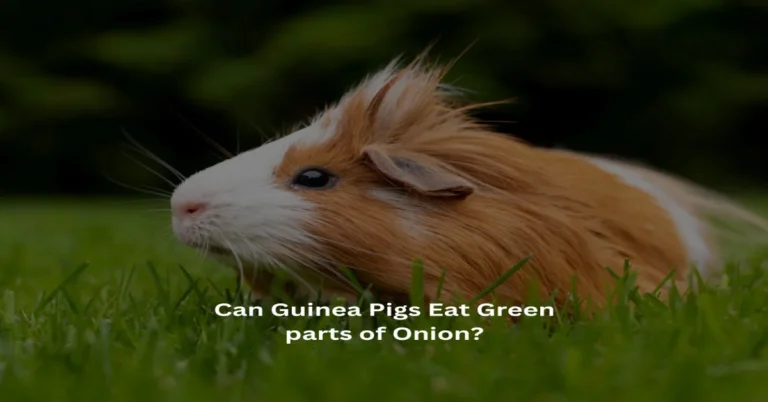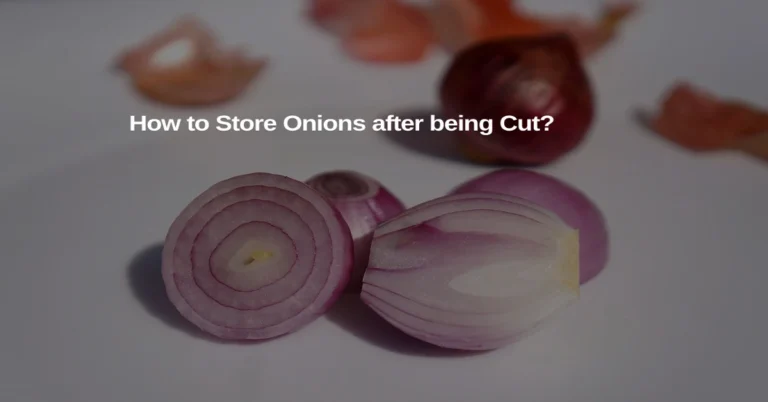Are Bunching Onions the Same as Green Onions?
Bunching and green onions are often interchangeable in many recipes because they share a close similarity in terms of taste and appearance. However, they do have some differences as well. As a passionate gardener, I often encounter many questions about various plants and vegetables. One question that people often ask is, “Are bunching onions the same as green onions?“
In this article, we will explore bunching onions and green onions, highlighting their key differences and providing a step-by-step guide to help you grow and enjoy these delicious vegetables in your garden.
Key Takeaways
- Bunching onions are perennial and bulbless, while green onions are young bulb onions. They both have similar taste and uses, but they are not the same.
Bunching Onions vs. Green Onions: What’s the Difference?
1. Bunching Onions
Bunching onions, also known as Welsh or Japanese bunching onions, belong to Allium fistulosum. These are perennial onions that can be grown year-round and produce green leaves and white bulbs. Unlike bulbing onions, they do not develop a bulb at the base; instead, they have a straight, elongated white stem. Larger varieties are similar to leeks, while smaller ones resemble chives.
These fast-growing perennials are easy to grow. They are often grown as annuals, being harvested completely and then reseeded throughout the season. Their mild flavour makes them famous for salads and stir-fries. The leaves also have a mild onion flavour, therefore they are safe to eat raw or cooked.
See more: Why I am Craving Onions? To know everything about Cravings, Symptoms and Treatments.
2. Green Onions
On the other hand, green onions belong to the bulbous onion Allium cepa. They are harvested before the full formation of the bulb. Such onions have a milder taste than mature white onions. Green onions contain green leaves and have a white base, like bunching onions but with a slightly more pronounced bulb.
According to Juliet Glass, director of communications at FRESHFARM, there is no difference between green onions and scallions; they are the same and can be used interchangeably.
Varieties of Bunching Onions
There are several varieties of bunching onions to choose from, each with its unique characteristics:
1. Ishikura
It is a well-known Japanese variety of bunching onions with very long white stems and dark green leaves. They are cold-tolerant and have a mild, sweet flavour. Try this Japanese variety that grows 12 to 14 inches high and suitable for for overwintering.
2. White Lisbon
A mild flavour European variety, it’s commonly pickled or added to salads.
3. Evergreen Hardy White
A cold-tolerant variety that has a sweet, mild flavour and can be grown year-round.
4. Red Beard
This variety has reddish-purple stems and a slightly more robust flavour than other welsh onions.
5. Tokyo White Bunching Onion
This variety has white bulbs, green stems, and a wonderfully sweet, mild flavor.
6. Walla Walla Onion
This onion variety is famous for its large size and sweet flavor. They are best used fresh due to a short storage life.
How to Grow: A Step-by-Step Guide
Step 1: Choose the Right Onion Seeds
Choose the type of seeds that you wish to grow. Green onion seeds are typically labeled as “green onion” or “scallion” seeds, while bunching onion seeds may be tagged as “bunching” or “Welsh onion seeds“.
Step 2: Prepare Your Garden Beds
According to Sow right seeds, choose a location in your garden where plants can receive full sun with at least 6 hours of direct light. Prepare the garden beds by loosening the soil, removing weeds or debris, and adding compost or aged manure to improve soil fertility and drainage. Both varieties prefer well-drained soil with a pH between 6.2 and 6.8.
For more details about Gardening beds, visit How to plant onions at home.
Step 3: Planting Onion Seeds
You can directly sow onion seeds in your garden. Generally, plant them about 1/4 inch deep and 1 inch apart, with rows spaced 12 to 18 inches apart. If you want to grow seeds indoors, then sow 4 to 6 weeks before the last frost date in your region. Transplant the seedlings outside once the weather has warmed.
Step 4: Water and Fertilize
These plants require consistent moisture, so water them regularly. The soil should be kept evenly moist but not water-saturated. Always apply a balanced fertilizer at the time of planting. For the healthy growth of plants, you can add more fertilizer (side-dress) every 4 to 6 weeks.
Step 5: Mulching and Weed Control
Mulch around onions with organic material like straw or shredded leaves to conserve moisture, control weeds, and regulate soil temperature. Regularly keep the area weeded to prevent competition for nutrients and water.
Step 6: Pest and Disease Control
Regular inspection of plants is important for a successful harvest. Keep an eye on your Welsh onion plants for common pests such as allium leaf miners, cutworms, onion maggots, thrips, or aphids, and take appropriate action to control them. Also, observe your plants for diseases such as white onion rot or downy mildew and apply organic or chemical controls when necessary.
Step 7: Harvesting Bunching Onions and Green Onions
When the stems of green onions and Japanese bunching onions reach your desired thickness, usually between pencil-thin and finger-thick, you can start to harvest. If you plan to store them for later use, gently pull the onions up and out of the soil without damaging their roots. Green onions generally take 60 to 90 days to mature for harvest; bunching onions can take longer, around 100 days.
Step 8: Storing and Using Your Onions
Both varieties of onions may be safely stored in the refrigerator for two weeks. While for long-term storage, freeze or dehydrate them. Both types are versatile ingredients and may be used in a wide range of dishes, like stir-fries, salads, soups, and casseroles.
Why do Scallions (green onions) Regrow Thinner after each Harvest, and how can I get Thicker Regrowth?
Scallions tend to regrow thinner after each crop due to:
- Nutrient depletion
- Inhibited root growth
- Stress on the plant through repeated cutting
If you love thicker regrowth, make sure your scallions get the required nutrients. Avoid cutting too close to the base, and ensure that the area receives sufficient sunlight and moisture.
For better results, re-pot or divide the scallions, and use well-draining, high-quality soil. By adopting this practice, you can promote healthier and stronger scallion regrowth for continuous harvesting.
Is there any difference between multiplying onions and bunching onions?
The common name for these edible onions can be confusing for many people. I share some real facts; after this, it will be clear. Any onion that is developed for its green tops can be called bunching onions, scallions, or shallots. Conversely, almost any onion that produces bunches/clusters of small bulbs can be called multiplier onions.
How do Bunching Onions Multiply?
The word “bunching onions multiply” indicates that when you plant a single bunching onion, it will naturally produce new shoots from its base, forming a clump. This makes them a great “cut and come again” vegetable as you can continuously harvest individual stems while the plant continues to grow new ones.
This is the reason why bunching onions are perennial, because they come back year after year, unlike regular bulb onions which are biennial.
Growing bunching onions in pots
Yes, it is easy to grow bunching onions in pots/containers: use well-drained soil in a pot at least 6 inches deep, space seeds or sets 2-3 inches apart, provide full sun and consistent moisture, and fertilise every few weeks.
Before harvesting, the best practice is to remove the green tops of the plant, because they will regrow, and then execute succession planting. Bunching onions thrive well in containers because of shallow root depth and efficient use of space; they are best suited for balconies or patios.
Substitutes for Green Onions
Green onion is a unique small bulb ingredient that is extremely difficult to replace. If you are making a recipe that calls for green onions or scallions, then we have gathered a list of the 13 best green onion alternatives to help you. Here’s a concise list:
- Chives
- Shallots
- Leeks
- Yellow Onions
- Red Onions
- White Onions
- Garlic
- Onion Powder
- Garlic Powder
- Celery
- Ramps
- Green Garlic
- Spring Onions
Conclusion
Bunching and green onions are often swapped out for one another in recipes, both for taste and physical appearance, but they are not the same. Bunching onions or Welsh onions are perennial and don’t form bulbs. On the other hand, green onions are young bulb onions, harvested before the full development of the bulbs.
Both varieties are versatile, easily available, and can be enjoyed in a variety of dishes. By following the steps mentioned above, you can successfully grow these flavorful onions in your garden.
FAQs
Q1. What part of green onions do you eat?
Answer: You can eat both parts (green and white) of a green onion (scallion). The white part is stronger in flavor and best for cooking, while the green part is more grassy and peppery in flavor and is best as a garnish.
Q2. What’s another name for bunching onions in Australia?
Answer: In Australia, bunching onions have many names! People call them shallots, spring onions, scallions, Welsh onions, or even Japanese leeks. Everyone uses a different name for the same thing.
Q3. How many green onions are in a bunch?
Answer: You will typically find 5 to 8 individual green onions in a single bunch. The exact number can vary because it depends on the size and variety of the onions, as well as how they are bundled at the store.






